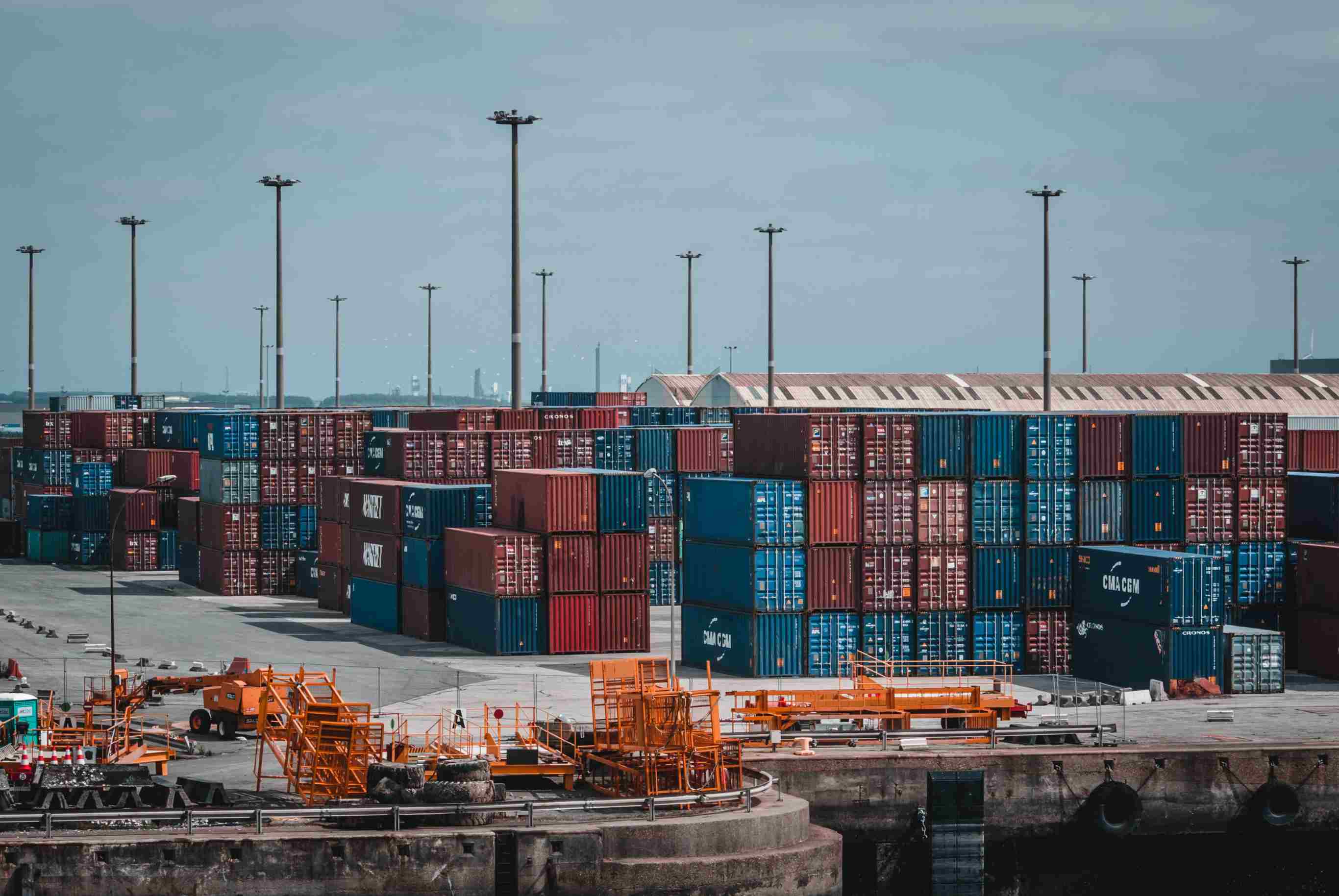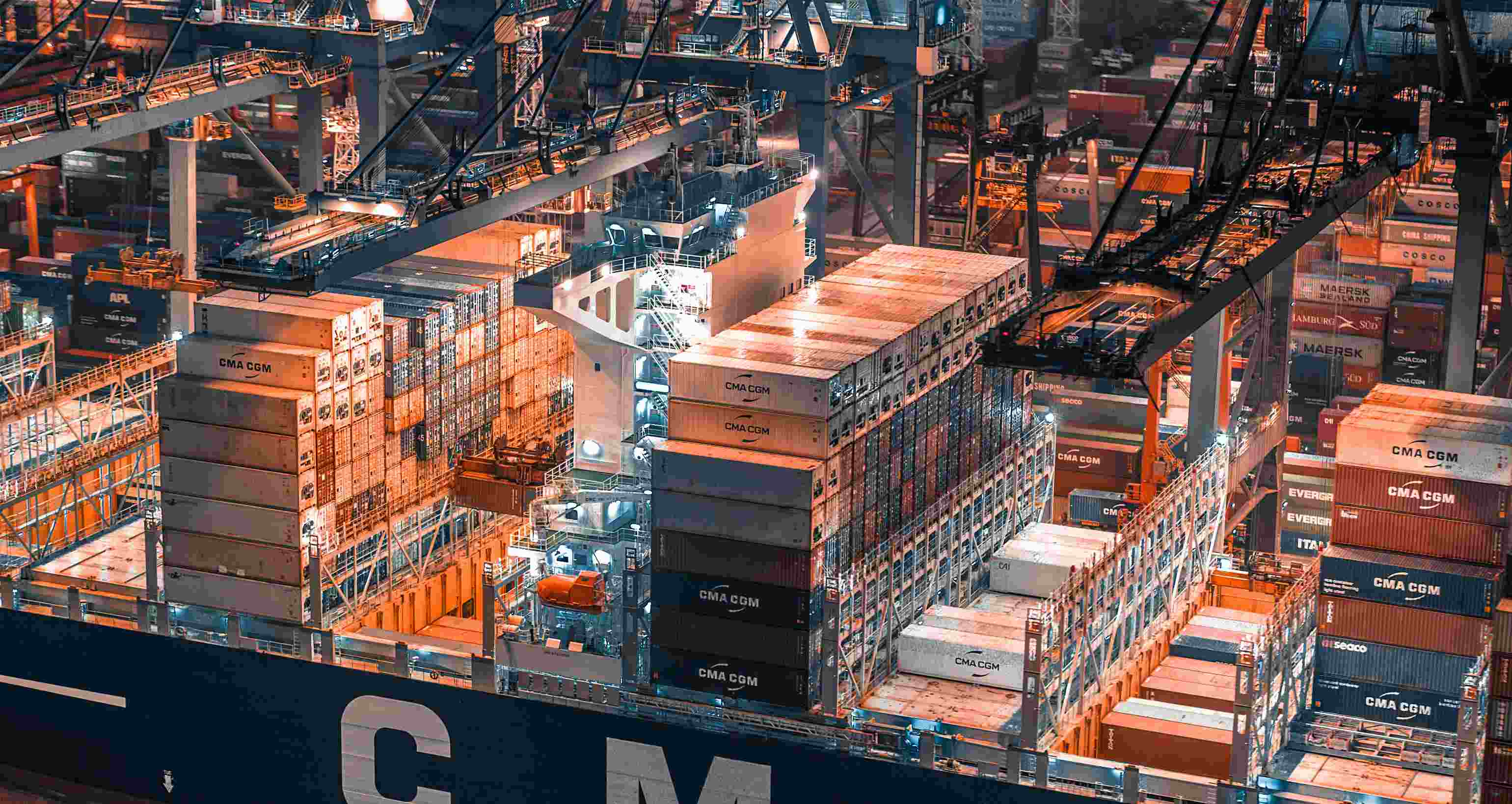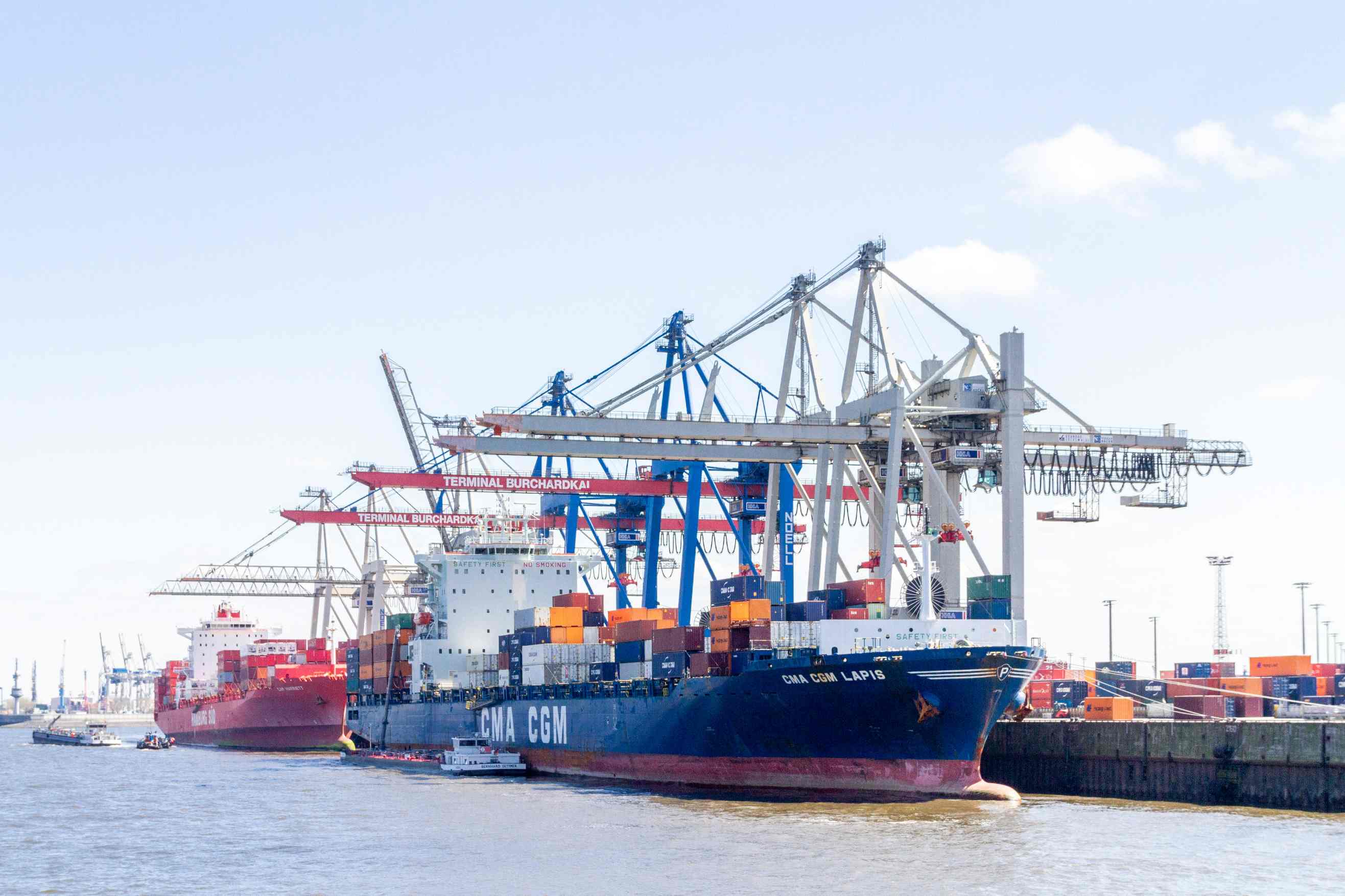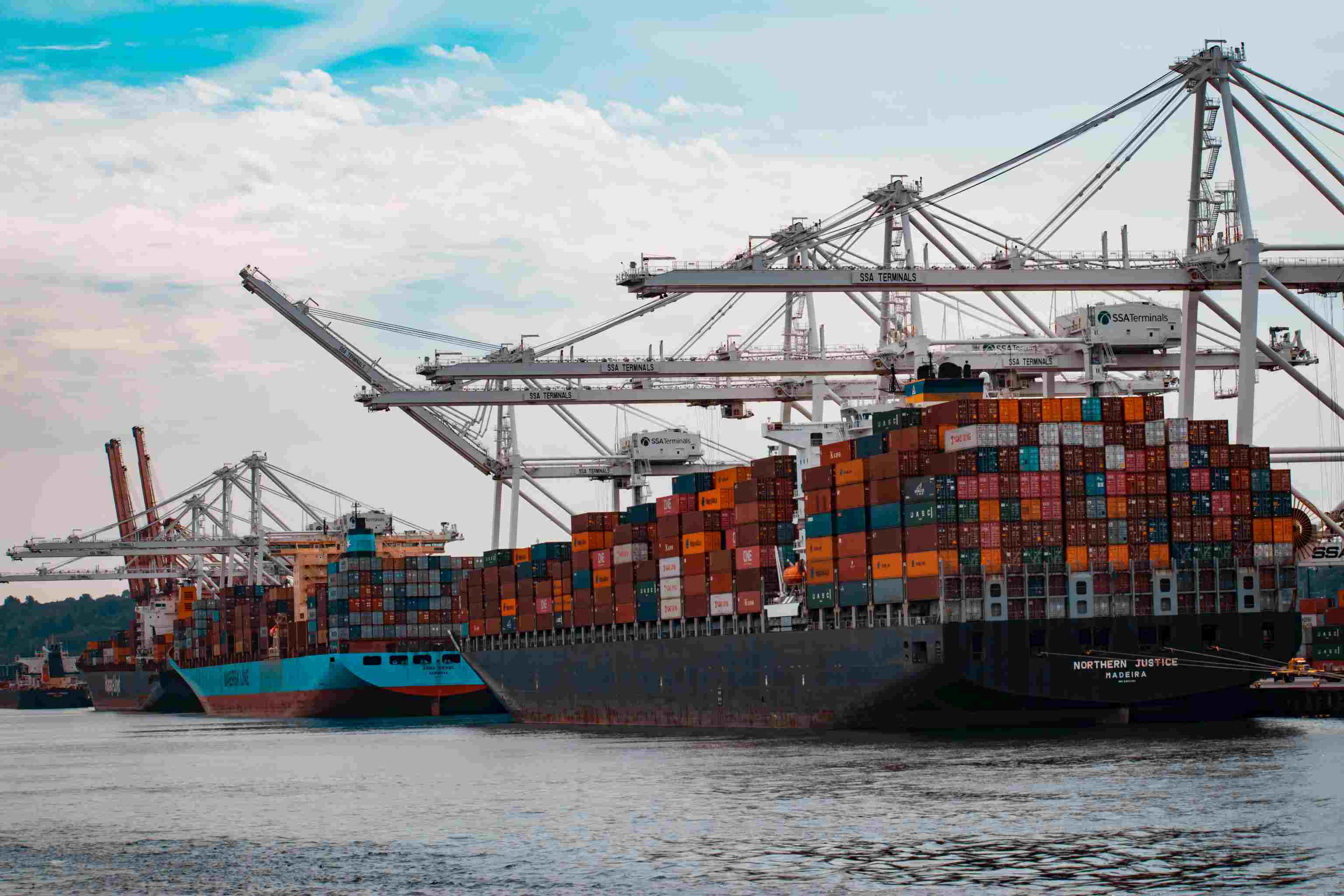全球航线:探索国际贸易路径
全球航线:贸易路线网络
全球航道是指连接世界各地主要港口的明确路线。这些路线经过精心设计,以优化效率、降低成本并最大限度地缩短旅行时间。航道是严重依赖国际贸易的国家的生命线,使它们能够相对轻松地进出口货物。繁忙的国际贸易之路
想象一下,全球航道就像繁忙的高速公路,巨大的货船在浩瀚的海洋中穿行,载着价值数十亿美元的货物。这些航道见证着不断有船只运送石油、汽车、电子产品和消费品等商品。它们为生产者和消费者提供了重要的联系,促进了全球范围内的商品交换。全球主要航运航线
几条主要航线对国际贸易至关重要。让我们来探索其中一些主要航线:跨太平洋航线:这条航线连接环太平洋国家,处理全球贸易的很大一部分,尤其是亚洲和北美之间的贸易。它见证了大量集装箱船的涌入,将货物从中国、日本和韩国等制造业强国运送到美国和加拿大。
苏伊士运河:这条人工水道连接地中海和红海,是欧洲和亚洲之间的一条重要捷径。它使船只可以避免绕过非洲南端的漫长而危险的旅程,大大减少了旅行时间和成本。
巴拿马运河:巴拿马运河位于中美洲,可让船只往返于大西洋和太平洋之间。它是美国东海岸与亚洲国家和南美洲西海岸之间贸易的重要纽带。
印度洋航线:该航线连接欧洲、非洲、中东和亚洲,是这些地区之间贸易的门户。它是运输原油、纺织品和农产品等货物的关键。
北大西洋航线:连接北美和欧洲,这条航线促进了世界上两个最大经济集团之间的贸易往来。它被大量用于运输汽车、机械和其他制成品。

地缘政治对全球航线的影响
地缘政治因素会对全球航道产生深远影响,通常会影响国际贸易的进程。以下因素可能会影响这些海上航线:海盗:海盗活动对全球航道安全构成重大威胁,尤其是在亚丁湾和马六甲海峡等地区。国际社会正在不断努力打击海盗,确保船舶安全通行。
领土争端:国家之间的冲突和领土争端可能会扰乱航道。例如,南海的紧张局势引发了人们对航行自由及其对全球贸易影响的担忧。
运河关闭:由于维护或政治原因,苏伊士运河或巴拿马运河等重要运河暂时关闭,可能会严重扰乱全球航运路线。这些关闭可能导致延误、船只改道和运输成本增加。
贸易协定:各国签署贸易协定和结盟可能会影响航道。例如,中国的“一带一路”倡议旨在通过基础设施项目加强连通性,这可能会影响全球贸易格局。
常见问题 (FAQ)
1. 全球航线只用于运输货物吗?不,全球航道不仅限于运输货物。它们也是运输石油、天然气和矿产等自然资源的重要渠道。此外,航道还通过游轮和渡轮方便人员流动,促进旅游和文化交流。
2. 天气状况如何影响全球航线?
风暴、飓风和大雾等天气状况可能会对航行于全球航线的船只造成挑战。这些恶劣天气事件可能会导致延误、改道甚至事故。船长和海事当局密切关注天气预报,以确保航运作业的安全和效率。
3. 全球航线是否存在任何环境问题?
是的,由于温室气体排放和石油泄漏的可能性,全球航线引发了环境问题。航运业正在积极努力减少碳足迹,采取的措施包括采用更清洁的燃料替代品、优化航线以最大限度地减少燃料消耗、实施更严格的环境法规等。
4. 全球航线如何影响经济?
全球航道促进国际贸易,在全球经济中发挥着至关重要的作用。货物在这些航线上的高效运输可确保商品的稳定供应、支持工业发展并创造就业机会。航道的可达性和可靠性对于各国参与全球市场和享受国际贸易优势至关重要。
5.全球航线未来面临哪些挑战?
全球航线的未来面临多项挑战,包括可持续实践的需求、数字化以及气候变化的潜在影响。该行业正在探索替代燃料、自主航运,并利用先进技术来提高效率并减少对环境的影响。
6. 如何使全球航运航线更具弹性?
增强全球航道的弹性需要采取多方面措施。对港口基础设施、导航设备和技术的投资可以提高效率和安全性。各国、国际组织和私营部门之间的合作对于应对共同挑战和确保全球航道顺利运行至关重要。





